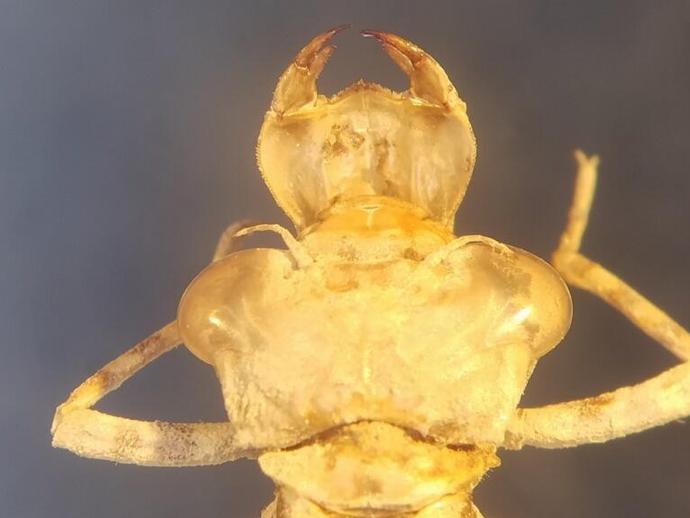April 1, 2020
While all museum staff are preparing to transition to telework by the end of the week, work in the museum's bug lab continues today with the identification of dragonfly nymphs; immature stages also known as naiads. Identification can be challenging and requires examination of minute characters under high magnification.
Dragonfly nymphs are aquatic and are voracious predators, eating most living things that are smaller than themselves. Diet includes blood worms and insect larvae, but some larger nymphs can capture and eat tadpoles and even small fish. Prey are detected visually and, when prey moves within reach, the nymph rapidly extends its prehensile labial mask and thrusts it forward, grabbing its prey.
Some nymphs, such as the immature darner (family Aeshnidae), use spine-like palpi at the tip of the labial mask to impale their prey.
Others, such as immature skimmers (family Libellulidae) and spiketails (family Cordulegastridae), enclose their prey using labial mask that is adapted for grabbing and scooping.

 Hours & Admissions
Hours & Admissions Directions
Directions

